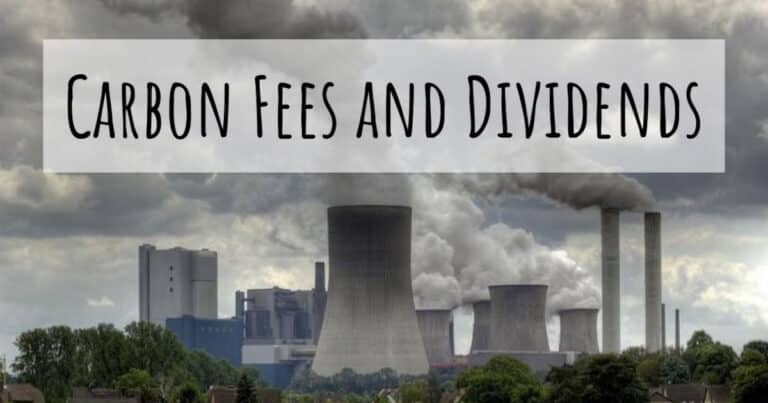By Nick Breeze
At the United Nations climate conference in Paris, one of the world’s leading climate scientists and former director of the NASA Goddard Institute for Space Studies spoke critically of the current attempt to solve the climate crisis with a non-binding agreement and goals that are not realistic within the current political framework.
At the outset of this press conference, organized by the United Planet Faith & Science Initiative, Dr. Hansen points out that talking about temperature “targets” is not the best way to be communicating about climate change. When numbers like 2ºC (3.6ºF) or 1.5ªC (2.7ºF are bandied around, they become icons that people repeat over and over again but they do not really mean anything tangible.
The reason is that these are global mean temperature estimates derived from models and calculations. In the real world, temperature is highly variable depending exactly on where you happen to be measuring it. There are so many influencing factors that temperature goals cannot be meaningfully applied to the safety of people or nature.
Hansen: “I prefer to talk in terms atmospheric composition of carbon dioxide”
This may seem more technical but can be explained very simply and once understood, is a far better guide for action on climate change. Before the industrial revolution the atmospheric concentration of carbon was around 270 parts per million (ppm). With over 150 years of burning coal, oil and gas the level has risen to 400ppm.
Such an increase means the atmosphere is trapping radiative energy from the sun instead of reflecting the energy back to space. This is causing the temperature to rise due to the energy imbalance, which is shifting the climate system from the relative stability of the interglacial period of the last 10,000 years.
Climate Moral Injustice
Hansen argues that climate change from human carbon pollution creates three different types of climate moral injustice:
- It is generally the poorest people on the planet who are suffering. These are the people situated around the mid-latitudes and southern hemisphere. They are also often the poorest and most vulnerable people who are not responsible for the large growth in heat trapping emissions that have caused the crisis.
- The second are huge numbers of species that we now know are vanishing due to extinction. As human populations grow and encroach up on much of the natural world, huge numbers of species are being left with nowhere to exist and so are dying out. A species of animal or plant cannot be replaced and this is a huge moral injustice that we are responsible for.
- Climate impacts are already affecting huge parts of the planet. As they worsen in the form of droughts, floods, collapsed agriculture, sea-level rise and more, future generations, such as our children and grandchildren will inherit a planet that is severely degraded with an out of control climate system. This is grossly unjust when we know what we are doing and have the means to avert such an outcome.
Approaching Critical Tipping Points
The danger is that the climate change, induced by human pollution, is tipping the planet into another state where much of nature and humanity will not be able to survive.
There are known thresholds in the climate system that can bring about abrupt changes such as longer extreme weather spells or the collapsing of global forests, or the dying off of the oceans from acidification. These kinds of abrupt climate feedbacks are irreversible in the timeframes that humans exist. Once we cross certain thresholds, there may be no way of stopping these horrific outcomes.
Hansen and others, such as the organization 350.org, state the need to reduce atmospheric concentrations of carbon dioxide to 350ppm. Currently emissions are still rising and the concentration is going up. We do not know if the current concentration is enough to trigger a runaway in the system that could lead to even greater extremes in climate change.
Oceans and the Earth System Lag
Many climate change skeptics noted an apparent hiatus in global warming around the year 2000 but scientists have since found that there was no hiatus. The heat was being absorbed by the oceans. This is a great concern because the oceans cover 70% of the earth surface and do not respond quickly to climate forcing, including human-caused burning of greenhouse gases.
The pollution that we emitted 40 years ago is producing the kinds of changes to climate that we are seeing today. That is the lag period for a response. Thus the current atmospheric burden of carbon dioxide is not going to be felt through climate impacts for decades to come.
“Mitigation matters!”
Stopping emissions from burning fossil fuels is now essential if we are to minimize the risk of a global catastrophe. In some regions of the world it seems that catastrophe is going to be unavoidable. But we do still have a chance to reduce the risk of tipping the world in chaos.
Hansen refers to the dangers of collapsing ice sheets. We do not know for sure how much sea-level rise will occur due to the current amount of carbon in the atmosphere. Paleo records (i.e. those showing changes in climate over the scale of earth’s history) show that the last time the Earth’s atmosphere was at 400 parts per million carbon composition (the current amount in our times), sea-levels were 10 metres (32 feet) higher.
1 metre (3.2 feet) of sea level is already predicted by the end of the century and this is a conservative estimate. It could be as high as 4 metres (13 feet) or more. At this level, we would see a collapse of the global economy, agriculture and a huge increase in human suffering. This is the world scenario that we are handing to our children. Even if the level is 1 metre, it will still cause enormous damage to human infrastructure, loss of agricultural land and great suffering and death.
The Importance of Putting a Price on Carbon
Hansen’s message is the same now as it was when I interviewed him in 2012. It is time to put a price on carbon and start phasing out the pollution that has become an existential threat. Start with the EU, the USA and China and every other nation will follow. If the true price of carbon was charged at the borders of the three largest trading blocks, then every other country would follow so that they could collect their own taxes. It would be fair and equitable and the funds could be used to invest in the required infrastructure for clean energy infrastructure.
It takes courage and political leadership but it can be done.
It seems odd to be calling for increased taxes but this is debt repayment for the decades of degradation we have bestowed on the world’s poorest people and nature. We still have an opportunity to change the course of history from one where humanity is shown to be intelligent but lacking in wisdom, to one where we can live in harmony with the natural world, protecting it for future generations of humans and other species.
Nick Breeze is a climate change writer and filmmaker based in London UK. Articles and interviews can be found at http://genn.cc





